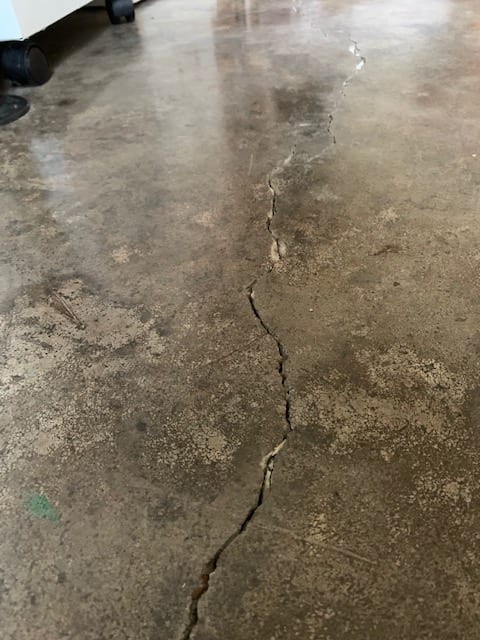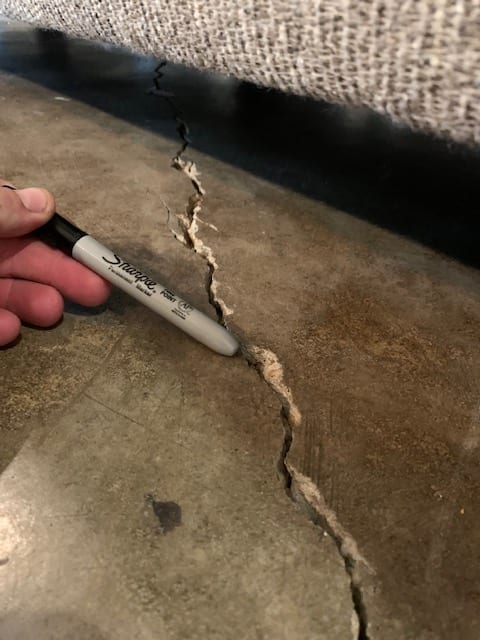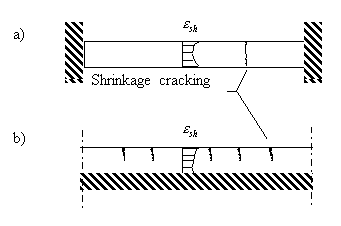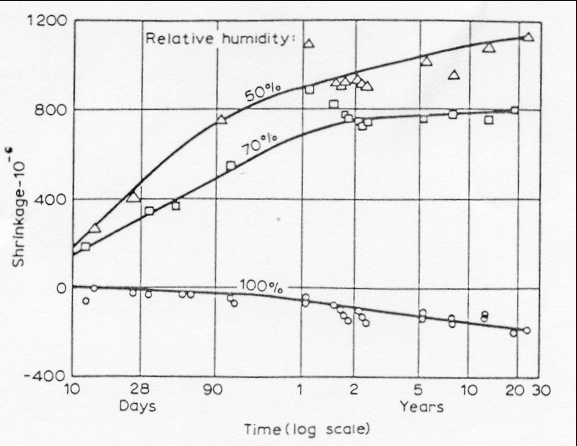I am inspecting some cracks in a residential concrete slab. The crack is a little more significant than I usually see in the house slabs I inspect, but I was not able to find any other issues with the house that would indicate a significant foundation issue; no cracking in interior drywall or exterior brick walls, no racking of doors/windows, etc. My guess is that there was some settlement at some point that caused the crack, but it has since stopped moving. The owner says the crack has been the same for years. Has anyone ever seen a similar situation with a significant settlement crack but no other issues? My general experience is that these cracks don't typically result in any significant structural issues. In fact, I think there are a lot more of these cracks that are never seen because they are hidden under flooring or carpet/






